What EMBA’s Healthcare Practitioners Are Seeing on the Front Lines
Healthcare practitioners in the MBA for Executives program share the challenges they’re facing as the COVID-19 pandemic unfolds across the United States.
Students in Yale SOM’s MBA for Executives program work full-time while they take classes on alternate weekends. For the healthcare practitioners—doctors, nurses, and others—in the program’s healthcare area of focus, that means that they are now providing patient care on the front lines of the COVID-19 pandemic. We asked a few of them to share their perspectives.
Alex Kenton M.D. ’21, Medical Director, Neonatologist
Location: Texas
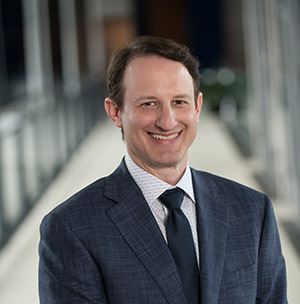 “For neonatology, the challenges are direct and indirect. How do we explain to a mother we have to isolate her from her baby after delivery if she is a COVID-19 patient? I also had to partition off our unit in anticipation of the patients. Then we have the issue of physicians. Some have traveled out of the country. I have one NNP [neonatal nurse practitioner] and one doc in 14-day quarantine, and that puts pressure on staffing. We have additional issues in equipment where we may have to allocate equipment to the adult units, so we are making plans to revise our transitional respiratory management of our sick neonates so we can get the COVID patients access to ventilators. Then we have drug shortages and supply shortages due to the issues with the supply chain from China and the hoarding of isolation equipment. We have to disappoint patients by restricting the COVID-19 tests and ration them unless they will be admitted.”
“For neonatology, the challenges are direct and indirect. How do we explain to a mother we have to isolate her from her baby after delivery if she is a COVID-19 patient? I also had to partition off our unit in anticipation of the patients. Then we have the issue of physicians. Some have traveled out of the country. I have one NNP [neonatal nurse practitioner] and one doc in 14-day quarantine, and that puts pressure on staffing. We have additional issues in equipment where we may have to allocate equipment to the adult units, so we are making plans to revise our transitional respiratory management of our sick neonates so we can get the COVID patients access to ventilators. Then we have drug shortages and supply shortages due to the issues with the supply chain from China and the hoarding of isolation equipment. We have to disappoint patients by restricting the COVID-19 tests and ration them unless they will be admitted.”
Christine Lum Lung, M.D. ’21, Hospitalist & CEO
Location: Colorado
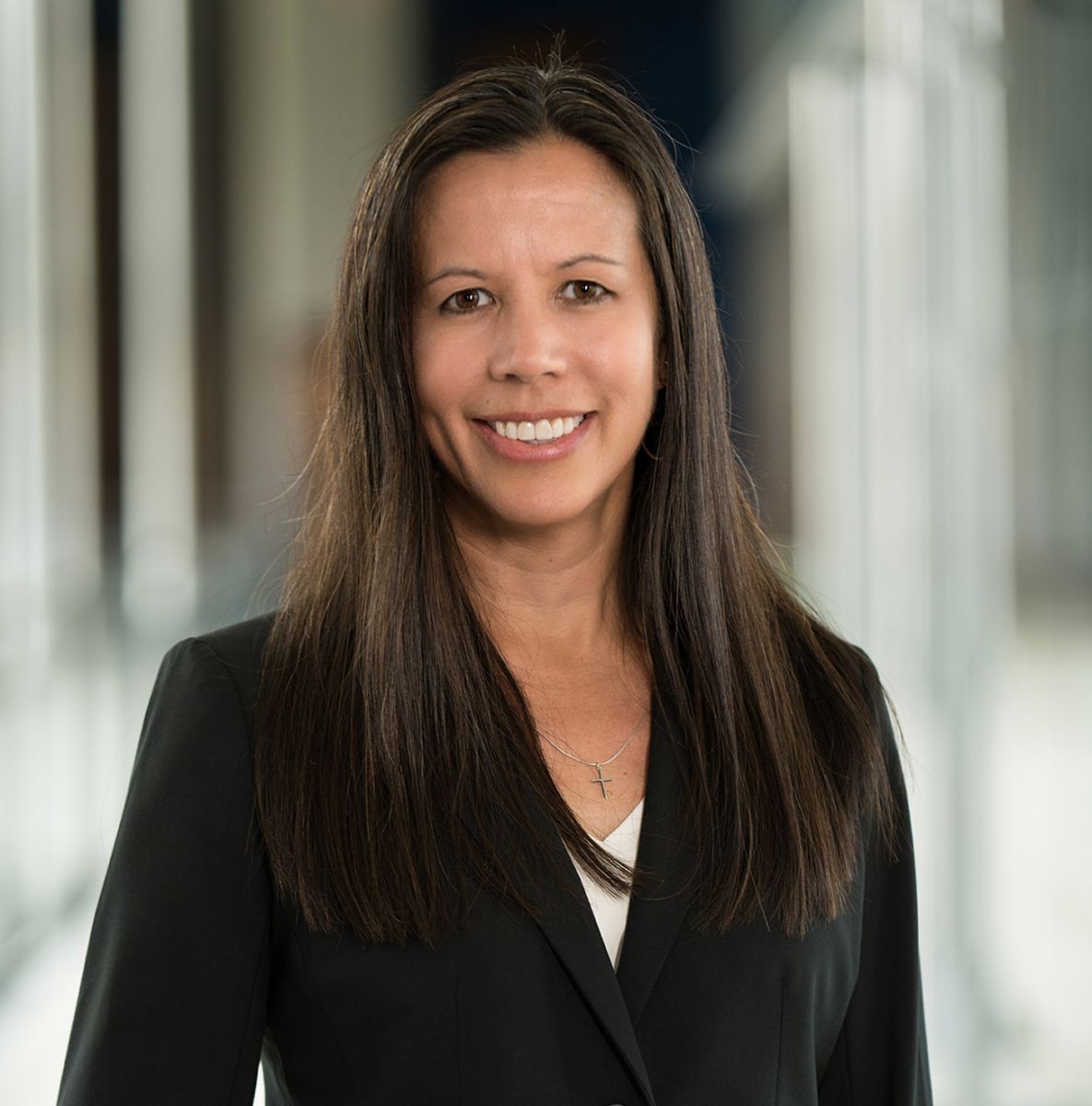 “There isn’t any one of us who isn’t experiencing the significant impact COVID-19 is having on our lives. However, through the lens of a healthcare provider and the leader of a group of inpatient hospitalist physicians, this has been a particularly challenging time. We are making preparations in a very dynamic environment where information is changing by the hour. While we have some knowledge of the health impact the virus is having in the rest of the world, there is still much we don’t know. But we need to prepare for the worst. During the past few days, I’ve had to decide which of my providers to place on the frontline with the sickest patients. I’ve been preparing them for the reality of working extra shifts, longer hours and with potentially limited resources. All the while, I am acutely aware that they have their own worries and concerns, not only for themselves, but the families they want to return home to each day. I feel the weight of my responsibility for them every moment of every day. It’s natural to try to assign blame at a time like this. However, we all share responsibility in how this progresses from this time forward—whether it is through the direct care of the patients at the bedside to assuming personal responsibility for the health and well being of those around you by doing the right thing. We each hold it in our power to come together and see each other through this. These events will have a lasting impact on the healthcare team, both personally and professionally. I sincerely hope we use these lessons and experiences to commit to leading the change needed in healthcare. To my fellow healthcare providers who every day show up and put the needs of others in front of your own, I am proud and honored to work beside you. Take care and be safe.”
“There isn’t any one of us who isn’t experiencing the significant impact COVID-19 is having on our lives. However, through the lens of a healthcare provider and the leader of a group of inpatient hospitalist physicians, this has been a particularly challenging time. We are making preparations in a very dynamic environment where information is changing by the hour. While we have some knowledge of the health impact the virus is having in the rest of the world, there is still much we don’t know. But we need to prepare for the worst. During the past few days, I’ve had to decide which of my providers to place on the frontline with the sickest patients. I’ve been preparing them for the reality of working extra shifts, longer hours and with potentially limited resources. All the while, I am acutely aware that they have their own worries and concerns, not only for themselves, but the families they want to return home to each day. I feel the weight of my responsibility for them every moment of every day. It’s natural to try to assign blame at a time like this. However, we all share responsibility in how this progresses from this time forward—whether it is through the direct care of the patients at the bedside to assuming personal responsibility for the health and well being of those around you by doing the right thing. We each hold it in our power to come together and see each other through this. These events will have a lasting impact on the healthcare team, both personally and professionally. I sincerely hope we use these lessons and experiences to commit to leading the change needed in healthcare. To my fellow healthcare providers who every day show up and put the needs of others in front of your own, I am proud and honored to work beside you. Take care and be safe.”
Linda Amah M.D. ’21, Hospitalist
Location: Connecticut
 “We have been baffled by the number of relatively young healthy patients, who are infected with Covid 19 and have severe symptoms.
“We have been baffled by the number of relatively young healthy patients, who are infected with Covid 19 and have severe symptoms.
There has also been restructuring done to our staffing to better prepare for an influx of patients. The shortage of ventilators and manpower for critically ill patients remains a concern as we fear the incidence is about to go up. I also want to mention the real heroes during this time who are the nurses and nurses aides who care for these patients. The patients are kept on airborne isolation, and some team members may be able to limit direct interaction with these patients too, but the nurses and nurse aides rarely have this option at all. They have to interact directly with these patients several times a day, checking vitals, giving medications, collecting blood testing samples among many other things. As you can imagine the sickest and most symptomatic patients require the most hands-on attention. The nurses are experiencing the most exposure to infected patients and also deserve to be applauded for the altruism in their jobs.”
Elena Ratner M.D. ’21, Gynecologic Oncologist
Location: Connecticut
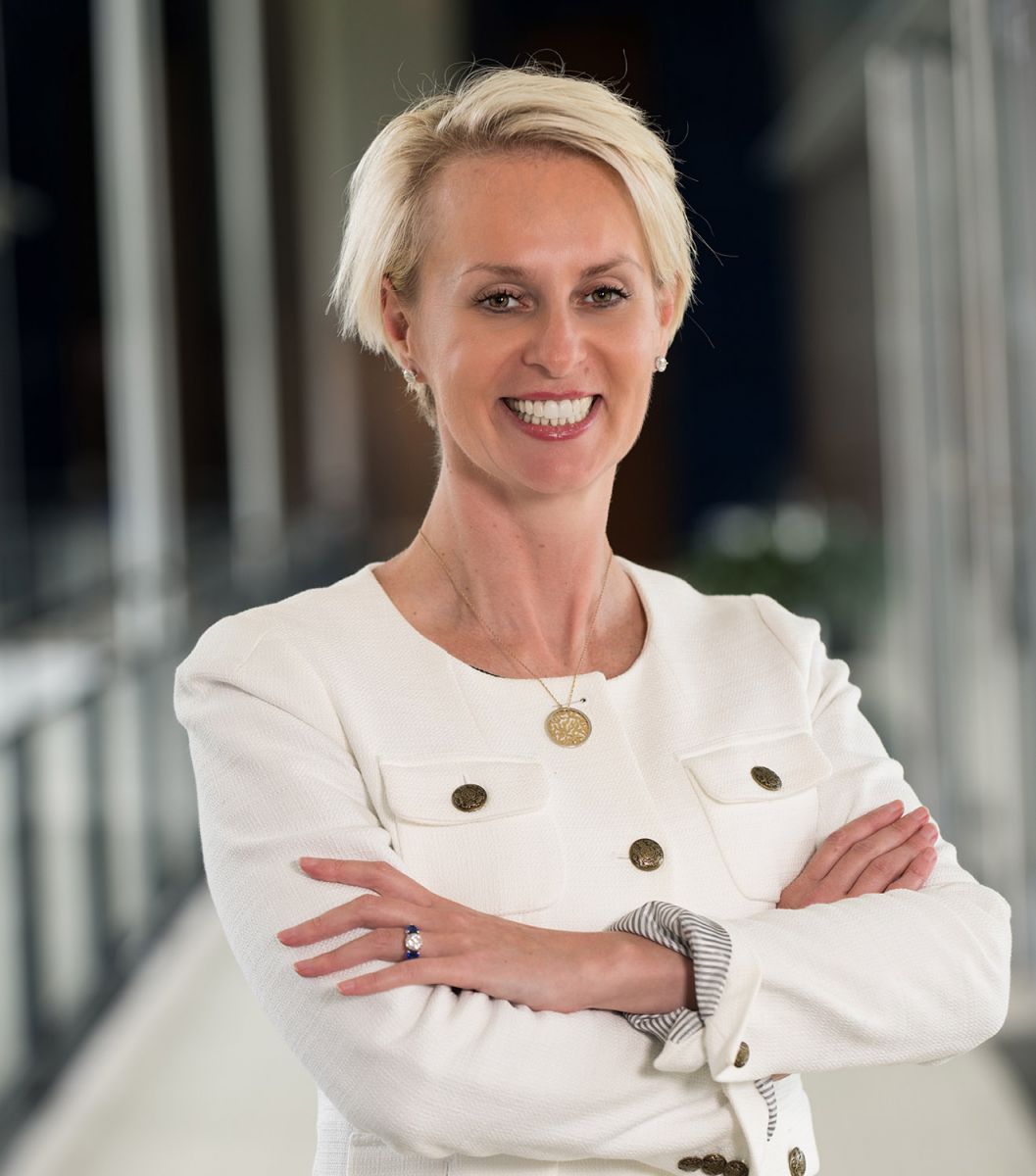 “The issues are multifactorial:
“The issues are multifactorial:
- Anticipation of high number of sick COVID-positive patients needing acute care, such as ventilators and respirators. Today we were using ambulances to move patients that we operated on all night long from my floor to a nearby hospital so that my floor can be wired overnight to become an ICU.
- Significantly decreased workforce (more than 50% in some settings).
- Older providers are being protected; nurses who have no childcare are not working; we are trying to rotate residents, fellows, so not all get exposed simultaneously. Hence, we are doing parts of the job that usually is distributed, i.e. transporting patients, starting lines, doing tons of paperwork, doing surgeries without assistants, etc.
- Patients are super sick. We are getting exposed. We are sleeping in the hospital because we don’t want to expose kids and there are no hotels set up. There are not enough tests to test patients or ourselves. Guidelines for testing is lagging behind.
- We are no longer even quarantining exposed staff because so many people are exposed. We are asking them to quarantine only with symptoms.
- We are asked to cancel “non-essential” surgeries to preserve resources and workforce. Very hard to do when you are dealing with cancer. Hence, I’m operating like mad to try to get these cases done before things get worse and we have even more limited resources.
- We are short of protective gear. We are not trying to autoclave and reuse masks.
- We are trying to do telemedicine. Challenging and practically hard to intertwine telemedicine and normal visits during the day. Hard to do to break bad news.
- Learning how to incorporate ‘in-the-trenches’ knowledge with leadership vision. Loss of control is hard.”
Dan Salimbangon ’21, Heart & Lung Transplant Coordinator
Location: Los Angeles, California
 “The outbreak of COVID-19 poses a serious threat in the realm of transplantation. The magnitude of consequences from the pandemic has multiple layers of complexity, which hinders the medical centers’ ability to transplant their patients safely. Transplant patients are categorized into two: pre-transplant and post-transplant. Pre-transplant patients are individuals who have been evaluated at the transplant center and are waiting for an organ. Post-transplant patients are individuals who already received the transplant.
“The outbreak of COVID-19 poses a serious threat in the realm of transplantation. The magnitude of consequences from the pandemic has multiple layers of complexity, which hinders the medical centers’ ability to transplant their patients safely. Transplant patients are categorized into two: pre-transplant and post-transplant. Pre-transplant patients are individuals who have been evaluated at the transplant center and are waiting for an organ. Post-transplant patients are individuals who already received the transplant.
“First, transplanted patients are at a higher risk of infection due to immunosuppresive therapy they undergo to prevent organ rejection. These immunosuppressive medications weaken the immune system, therefore placing these patients at a higher risk. In normal body functions, the immune system is responsible for the protection against invasion of antigens, but it also targets foreign tissue. Immunosuppression inhibits this process, which allows the body not to reject the transplanted organ.
“Additionally, transplant donors are unable to be tested for COVID-19 due to the limited testing capabilities that we face in our nation today. Current CDC [Center for Disease Control and Prevention] and UNOS (United Network for Organ Sharing) policies dictate that only individuals who have been exposed to the virus and develop a fever and symptoms are to be tested for COVID-19. Current data shows that an individual may be carrying and transmitting the virus for up to 14 days before exhibiting symptoms. This poses a real concern to the transplant team since the recipient will be given a large dose of immunosuppression for the transplant and continue the therapy for a prolonged amount of time.
“The Lung Transplant Program [at UCLA] faces the brunt of the COVID-19 pandemic since it is the target organ of the virus. Other than fevers, pre-transplant lung patients exhibit similar symptoms to COVID-19 infected patients. Shortness of breath, coughing, and dyspnea are common symptoms with pre-transplant and COVID-19 infected patients. Triaging patients remotely or through telehealth allows the centers to prioritize patients that need to be seen immediately or deferred without the contamination risk. These processes are being refined on a daily basis as new information and best practices arise. Post-lung transplant patients also has the highest risk involved if the donor was exposed to the virus.
“Ronald Reagan UCLA Medical Center Heart and Lung Transplant Program has taken a firm stance to not accept any organs from donors who have not been tested for COVID-19. When a donor tests negative for COVID-19, only those hospitalized and in dire need of the organ are transplanted with that organ. As a leader within the realm of heart and lung transplantation, this decision was made by the program directors who are protecting not only the recipients, but also the hospital staff, procurement, and organ transportation teams.”
Crystal Yates ’21, Deputy Commissioner for Emergency Medical Services
Location: philadelphia, pennsylvania
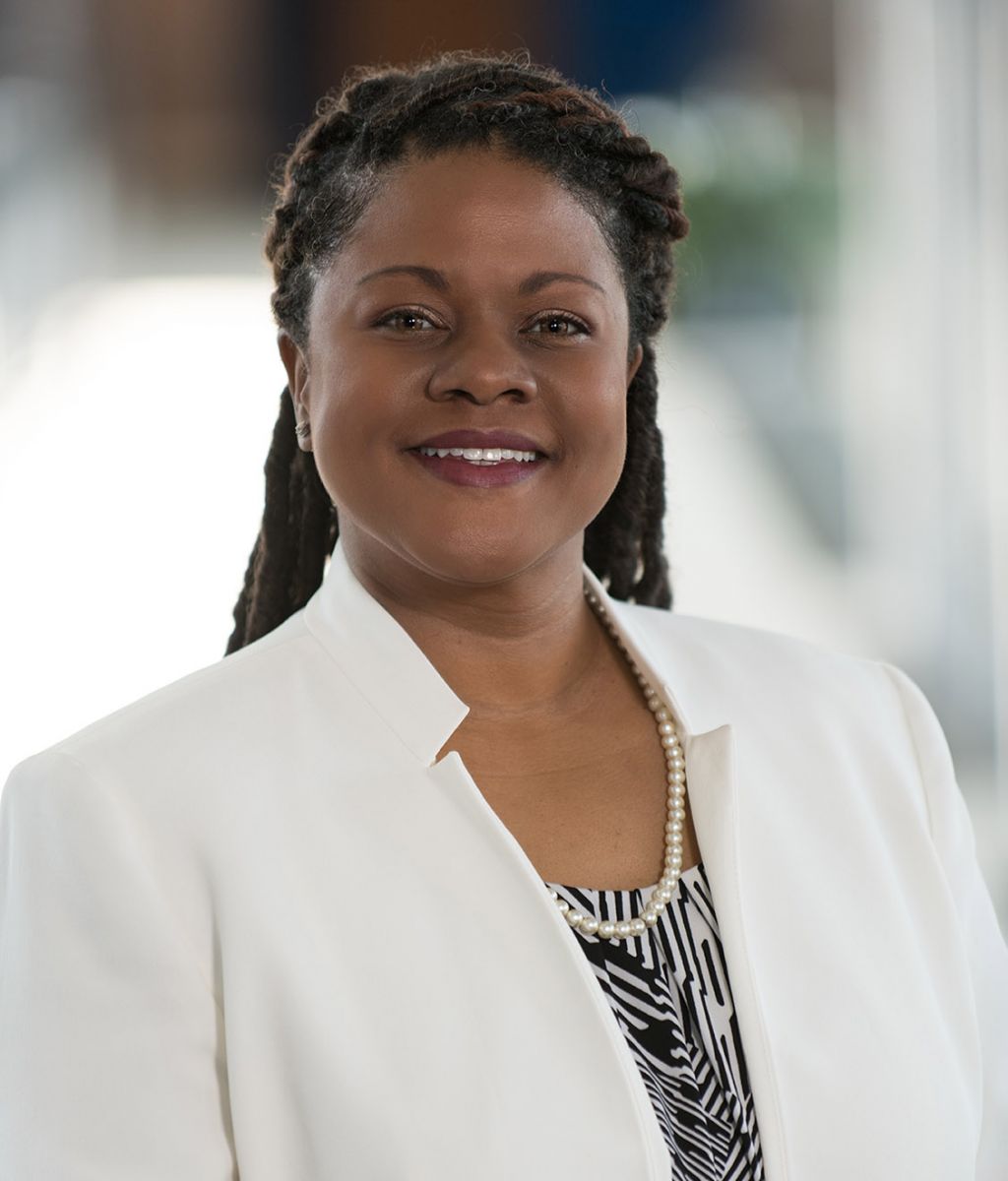 “As a leader in a fire-based emergency medical services system, the COVID-19 pandemic has forced me to pull out every tool in our leadership toolbox. Some of the opportunities were predictable, others were not predictable, and some have turned out to be pleasant surprises during the 2020 COVID-19 pandemic.
“As a leader in a fire-based emergency medical services system, the COVID-19 pandemic has forced me to pull out every tool in our leadership toolbox. Some of the opportunities were predictable, others were not predictable, and some have turned out to be pleasant surprises during the 2020 COVID-19 pandemic.
“As with all other healthcare providers, we had to quickly assess our personal protective equipment [PPE] needs. The normal inventory in each of our fire stations prior to the news of the novel coronavirus was 40 small-sized masks and 40 regular-sized masks. Our equipment warehouse also maintained a large supply. I had to make the decision very early in the news cycle to secure our stock of N95 masks. As expected, we were receiving calls from our personnel that there were no N95 masks in the stations. We immediately went into preservation mode. We issued an additional 20 masks to each station and required signed receipts. We also required the station captain to submit a memorandum for replenishments. Our paramedics and emergency medical technicians were given a supply of 10 masks along with the same instructions. Our actions allowed us to control the supply of the N95 masks early. The PPE challenge was predictable, and we continue to look at alternatives and additional supply.
“It continues to surprise me that some of our healthcare partners have no understanding of the scope of practice of a paramedic. Advanced life support providers (paramedics) and ambulances have almost all the capabilities of an emergency room in a 10 x 10 space on wheels. They are on the frontlines and respond to anyone who needs them, which leads me to explain the unpredictable challenge. There were three, then six, now 16 confirmed patients with COVID-19 in my local area who are home under surveillance by the local health department using self-care guidelines.
- Me: “We need the addresses of those patients.”
- Health Department: “Why do you need them? We’ve told them not to call 911.”
“Anyone working in an emergency room, 911 EMS, fire, or police system is probably laughing as they read this. People call 911 for many things, and no matter what, we respond. The group responding can include 12 to 15 people. One dryer fire, one domestic dispute, one relative experiencing chest pain at the address could result in our department losing 15 people for at least 14 days. Unnecessary and preventable depletion of the workforce of a vital service should be avoided at all costs. Luckily, our cooperative partnership with the local health department won the day and we now receive the addresses so we can protect our workforce by preparing them if they are called to service at one of the addresses. Kudos to our health department partners!
“The pleasant surprise is that people are resilient. I have noticed during times of stress that our workforce and our residents go above and beyond to get through the crisis. I noticed this during September 11, 2001, and (knock on wood) I notice it now. Our work callouts are less than this same time last year. Our 911 call volume is just a tad lower than this time last year. Even with the increased anxiety of all involved, everyone is doing their best to keep the system running. I live in Philadelphia, and it’s what we do.”
Rohit Sangal ’21 M.D., Emergency Medicine Physician
Location: New haven, Connecticut
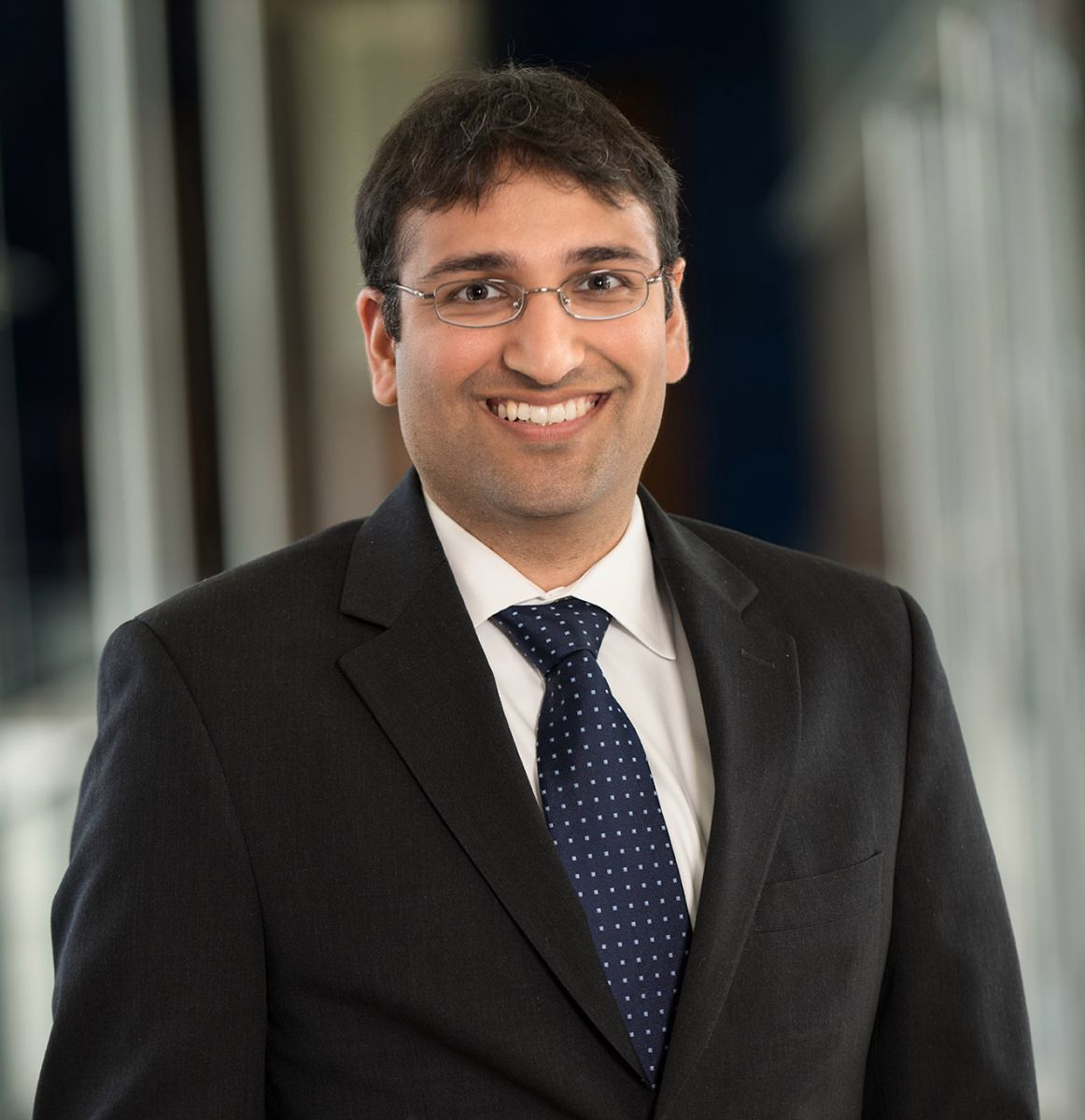 “I am in a unique position during this time as a general citizen, emergency medicine physician, and administrator behind the scenes trying to help coordinate the response. Personal protective equipment is severely limited and the supply will continue to be strained as the pandemic continues. The fear is real and communication is a massive challenge. In the emergency setting, we are trying to figure out how to operationalize guidelines from both our hospital leadership and the CDC. Information changes daily and messaging a staff of hundreds (or thousands if you are a hospital) is an enormous task. This problem is compounded when you consider public messaging. The emergency department is the healthcare system’s safety net especially for those without primary care doctors. I have had many conversations with patients about my testing limitations as well as trying to dispel myths about this disease. The conversations hit home when discussing the reality of social distancing and self-quarantining, which is especially challenging for working families.
“I am in a unique position during this time as a general citizen, emergency medicine physician, and administrator behind the scenes trying to help coordinate the response. Personal protective equipment is severely limited and the supply will continue to be strained as the pandemic continues. The fear is real and communication is a massive challenge. In the emergency setting, we are trying to figure out how to operationalize guidelines from both our hospital leadership and the CDC. Information changes daily and messaging a staff of hundreds (or thousands if you are a hospital) is an enormous task. This problem is compounded when you consider public messaging. The emergency department is the healthcare system’s safety net especially for those without primary care doctors. I have had many conversations with patients about my testing limitations as well as trying to dispel myths about this disease. The conversations hit home when discussing the reality of social distancing and self-quarantining, which is especially challenging for working families.
That being said, this is also an incredible opportunity to try new things that have been resisted in the past. We are experimenting with new staffing models, telemedicine and patient flow models. The situation has lent itself to a natural experiment and I think we will see many novel publications describing different strategies that departments used to solve their operational problems which will shape how we provide care in the future. ”
Donato Clay, J.D. M.P.H. ’21
Location: las Vegas, Nevada
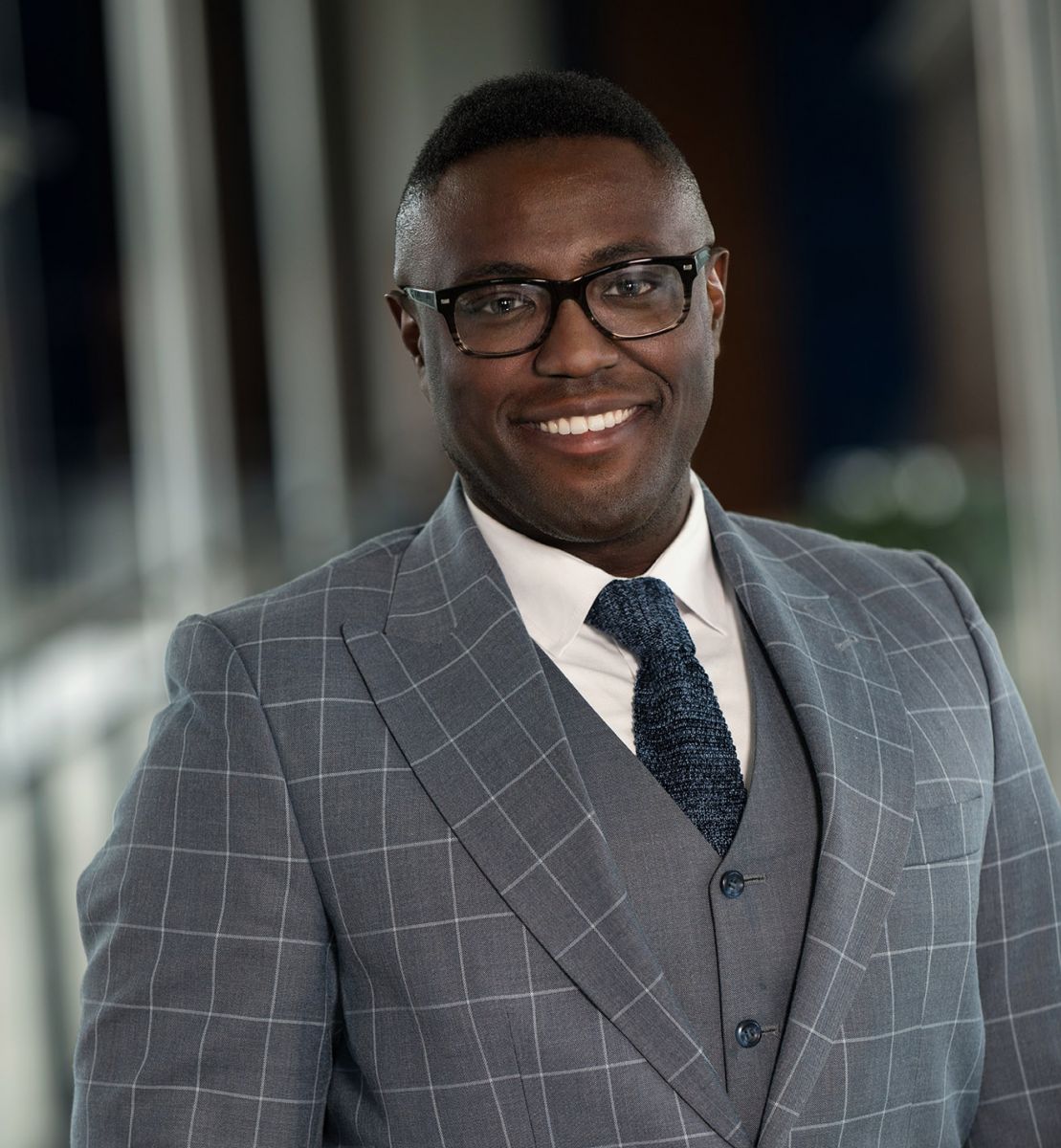 “The past few weeks have been a whirlwind for most people around the world. The panic has led to disassociation, hoarding, extreme market losses, and, most importantly, illness and death for vulnerable members of our society. From a healthcare operations perspective what’s striking about this COVID-19 pandemic is that many Americans are relying on our healthcare system to shoulder the weight of the crisis, but seemingly forget that our healthcare system is made up of human beings who, regardless of their personal feelings, don’t have the luxury to panic in this situation—people who directly or indirectly provide care, while simultaneously managing their emotions to the societal changes we’re subject to for the unforeseeable future.
“The past few weeks have been a whirlwind for most people around the world. The panic has led to disassociation, hoarding, extreme market losses, and, most importantly, illness and death for vulnerable members of our society. From a healthcare operations perspective what’s striking about this COVID-19 pandemic is that many Americans are relying on our healthcare system to shoulder the weight of the crisis, but seemingly forget that our healthcare system is made up of human beings who, regardless of their personal feelings, don’t have the luxury to panic in this situation—people who directly or indirectly provide care, while simultaneously managing their emotions to the societal changes we’re subject to for the unforeseeable future.
“Most of these frontline physicians, nurses, first responders, administrators, infection control specialists, delivery drivers, and environmental service employees don’t have the luxury of working from home, and if they weren’t already, have now found themselves the sole breadwinners for their families as more businesses furlough or let go employees. Here in Las Vegas, where the economy is heavily dependent on personal and business-based tourism, the recently announced 30-day shutdown of non-essential businesses will significantly hit the local economy. Local healthcare workers must now coordinate childcare, fear exposing their loved ones to COVID-19 at home, and navigate grocery stores with empty shelves. They balance all of this against working in hospitals and clinics that have increased efforts to screen patients and limit overall exposure, prevent theft of needed medical supplies and equipment by patients (including toilet paper), and follow local and national emergency protocols and reporting guidelines.
“We will doubtless get through this as a country, but it’s important to remember that our actions, and our panic, affects the healthcare workers who have to work during this crisis. This is why it’s important to avoid stockpiling supplies and not buying more than you legitimately need. Hopefully recognizing and respecting the burden our healthcare community carries will convince more of the public to be considerate for the very community you may rely on one day.”



